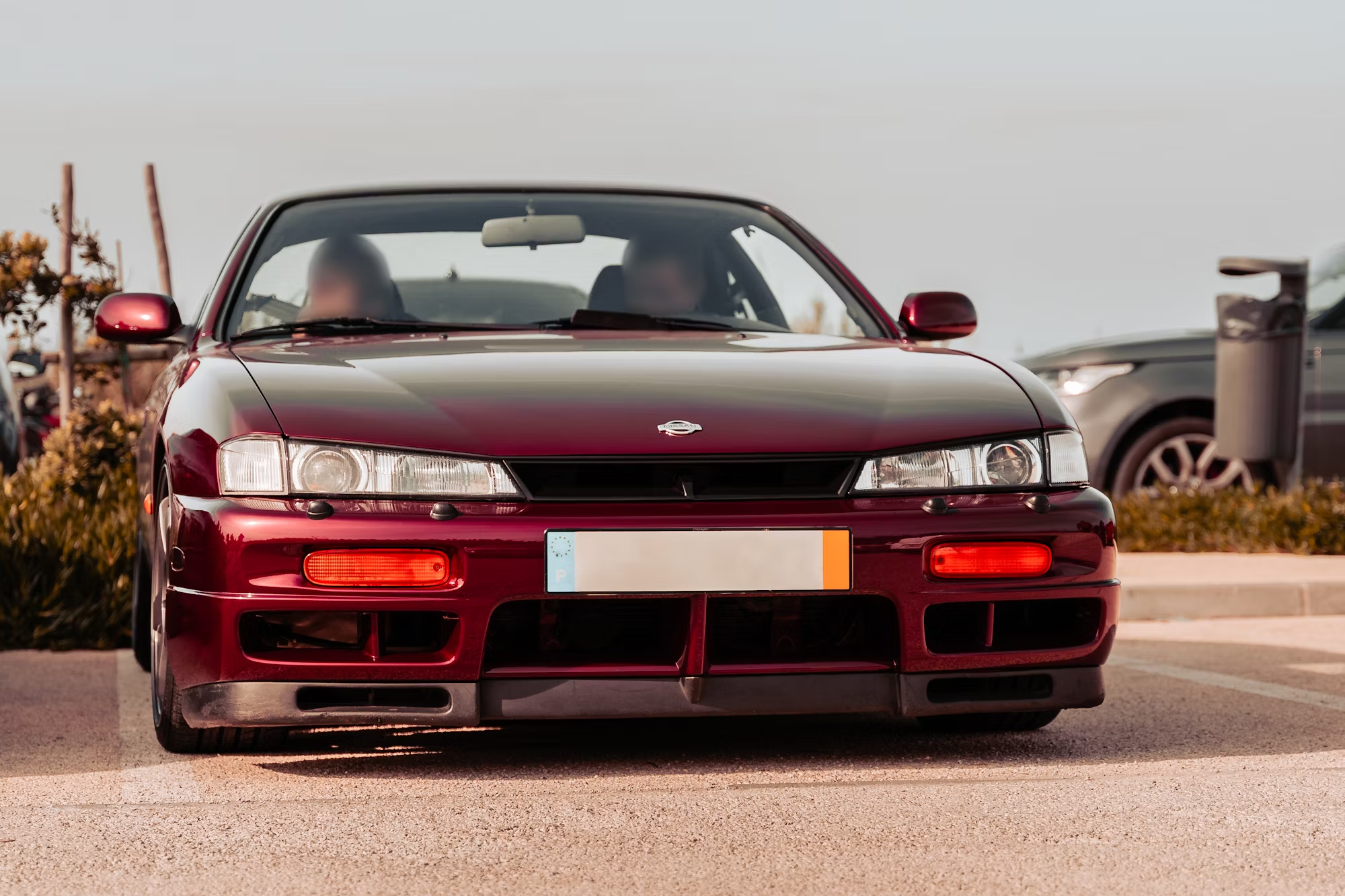Sport Utility Vehicles (SUVs) have experienced a meteoric rise in popularity over the last few decades, becoming a dominant force in the automotive market. Known for their versatility, spaciousness, and off-road capabilities, SUVs cater to a diverse range of consumer needs. As we move into the future, the SUV segment is poised for further transformation, driven by trends in technology, sustainability, and consumer preferences. This article explores the current trends in the SUV market, the innovations shaping their future, and the implications for both manufacturers and consumers. One of the most significant trends in the SUV market is the increasing demand for electrification. As environmental awareness grows and governments around the world implement stricter emissions regulations, automakers are responding by introducing electric and hybrid SUV models. The shift towards electric SUVs is not only about compliance with regulations; it also reflects changing consumer preferences. Many buyers are seeking vehicles that align with their values, and electric SUVs offer an appealing combination of performance and sustainability. Leading manufacturers are investing heavily in developing electric SUVs, with models like the Ford Mustang Mach-E and the Tesla Model Y gaining attention for their impressive range and performance. These vehicles not only reduce greenhouse gas emissions but also provide a quieter, smoother driving experience, enhancing overall consumer satisfaction. Another important trend is the increasing integration of advanced technology into SUVs. Features such as driver-assistance systems, infotainment options, and connectivity capabilities are becoming standard in many new models. Technologies like adaptive cruise control, lane-keeping assist, and automated parking are enhancing safety and convenience for drivers. Additionally, the rise of smart technology in vehicles allows drivers to connect their smartphones seamlessly, enabling access to navigation, music, and communication apps directly from the dashboard. This tech-savvy approach to vehicle design is particularly appealing to younger consumers, who prioritize connectivity and convenience in their purchasing decisions. Furthermore, the growing emphasis on safety features cannot be overlooked. SUVs are inherently larger and heavier than traditional sedans, providing a sense of security on the road. However, manufacturers are increasingly focused on enhancing safety through innovative design and technology. Features such as blind-spot monitoring, collision avoidance systems, and advanced airbag systems are becoming more prevalent, reassuring consumers about the safety of their vehicles. In terms of design, the aesthetics of SUVs are evolving as well. While traditional SUVs are known for their rugged appearance, many manufacturers are now offering sleeker, more aerodynamic designs that appeal to a broader audience. This shift reflects the desire for vehicles that are not only functional but also stylish. Consumers are drawn to SUVs that combine utility with modern design elements, creating a versatile vehicle that can transition seamlessly from urban settings to outdoor adventures. The trend toward personalization is also influencing the SUV market. Buyers are increasingly seeking vehicles that reflect their individual tastes and lifestyles. Many manufacturers are responding by offering customizable options, allowing consumers to choose colors, interior materials, and features that suit their preferences. This level of personalization enhances the ownership experience, making SUVs more appealing to a diverse range of buyers. As the SUV market continues to evolve, manufacturers are also exploring new materials and manufacturing processes to improve efficiency and reduce environmental impact. Lightweight materials such as aluminum and high-strength steel are being used to enhance fuel efficiency without compromising safety or performance. Additionally, innovations in production techniques, such as 3D printing, are streamlining manufacturing processes and reducing waste. These advancements not only contribute to sustainability efforts but also position manufacturers as leaders in innovation. Despite the many advantages of SUVs, challenges remain. As competition in the automotive market intensifies, manufacturers must continuously adapt to changing consumer demands and preferences. The rapid pace of technological advancements also means that companies must stay ahead of the curve to remain relevant. Furthermore, the rise of urbanization and the associated challenges of congestion and parking may impact the long-term appeal of larger vehicles like SUVs. As cities become more densely populated, consumers may begin to favor smaller, more compact vehicles that are easier to maneuver and park. In conclusion, the future of SUVs is bright, characterized by electrification, advanced technology, and evolving consumer preferences. As manufacturers respond to the demand for sustainable and innovative vehicles, SUVs will continue to play a significant role in the automotive market. By embracing trends such as electrification, connectivity, and personalization, the SUV segment is poised to remain a favorite among consumers seeking versatility, performance, and style. As we look ahead, it is clear that the SUV will not only adapt to the changing landscape of the automotive industry but also shape the future of transportation as a whole.
Exploring the Future of SUVs: Trends and Innovations
